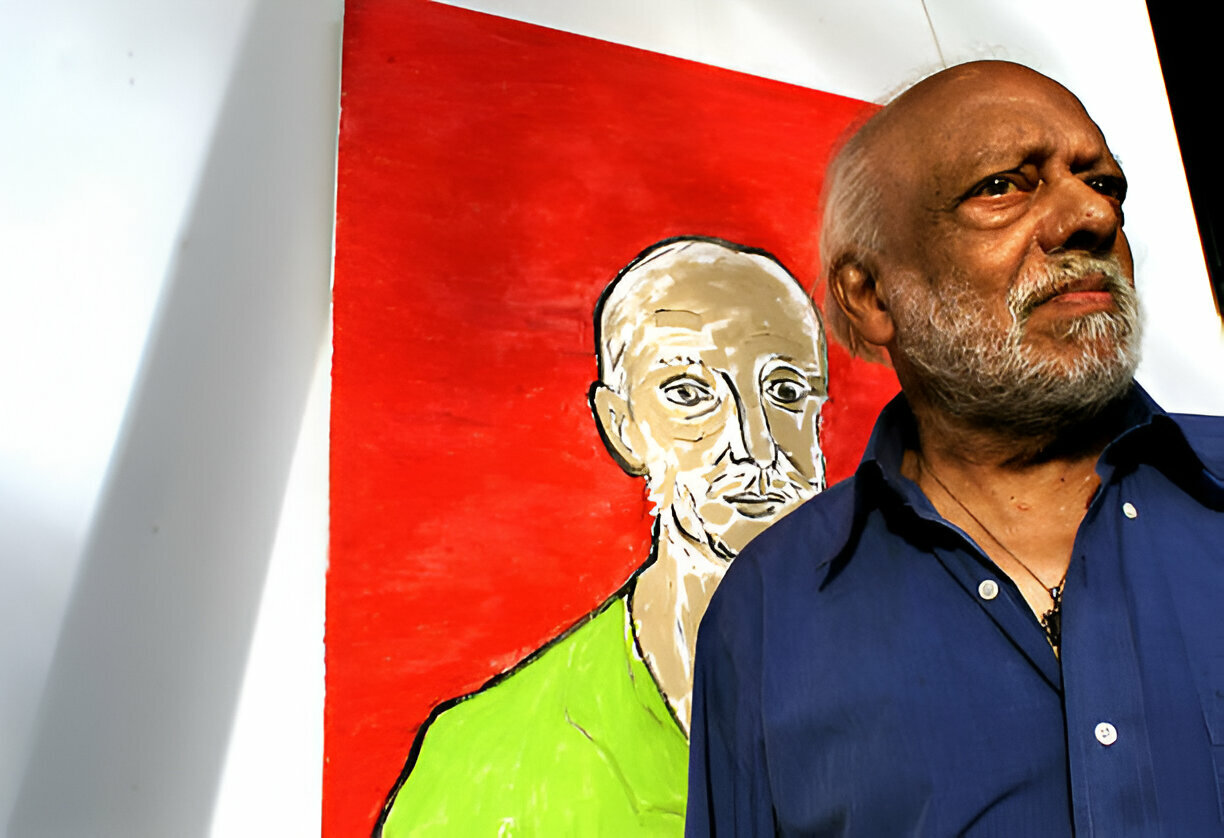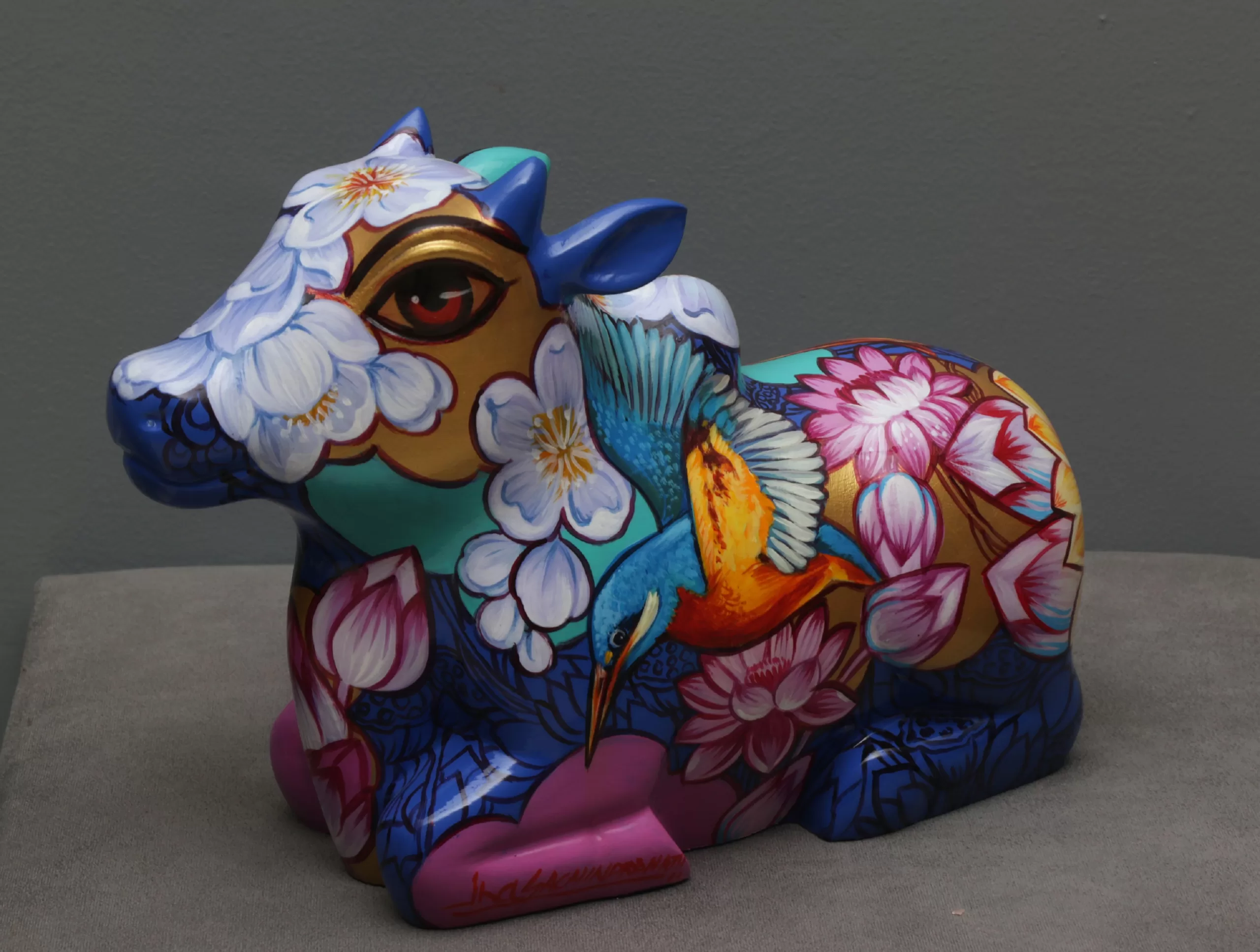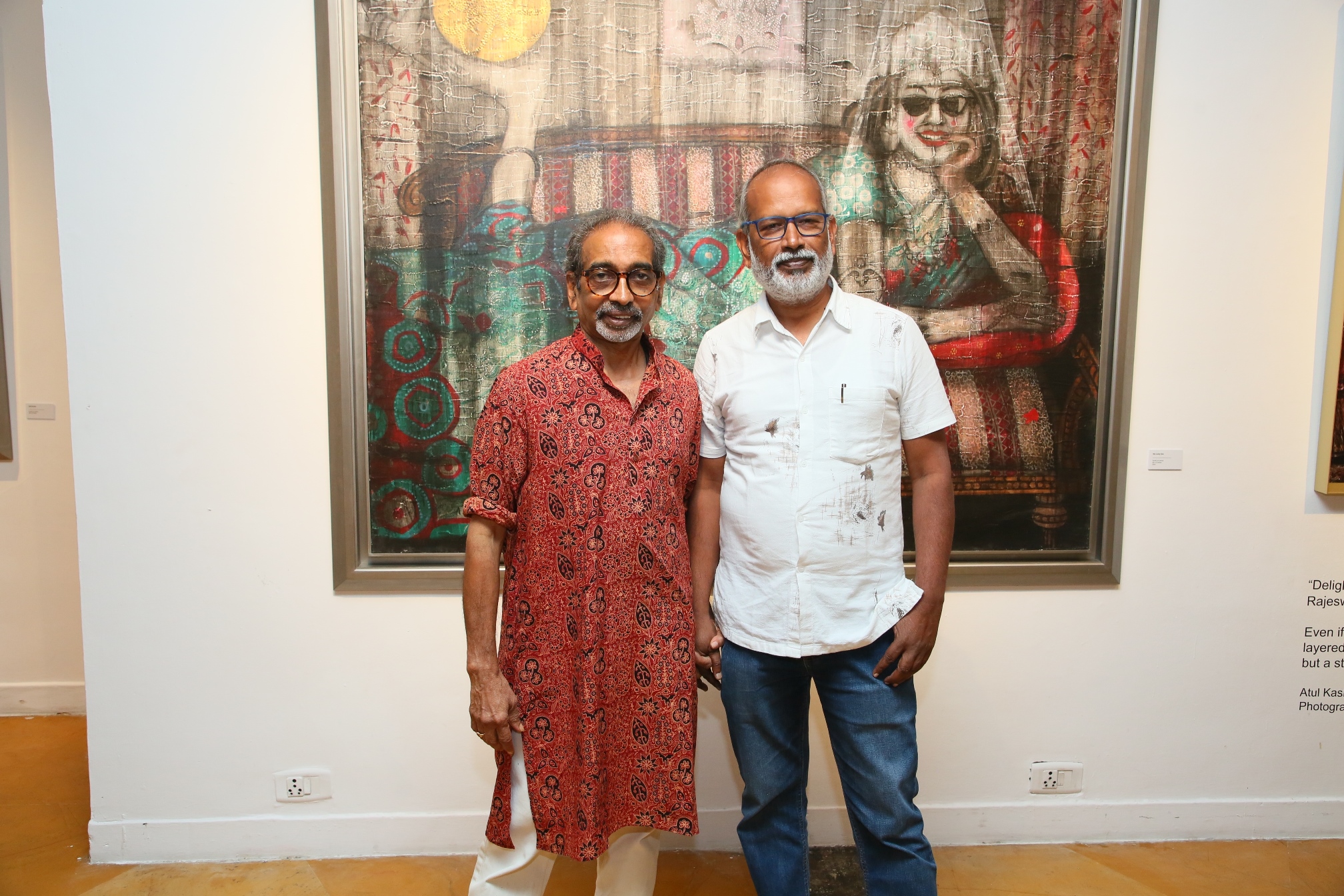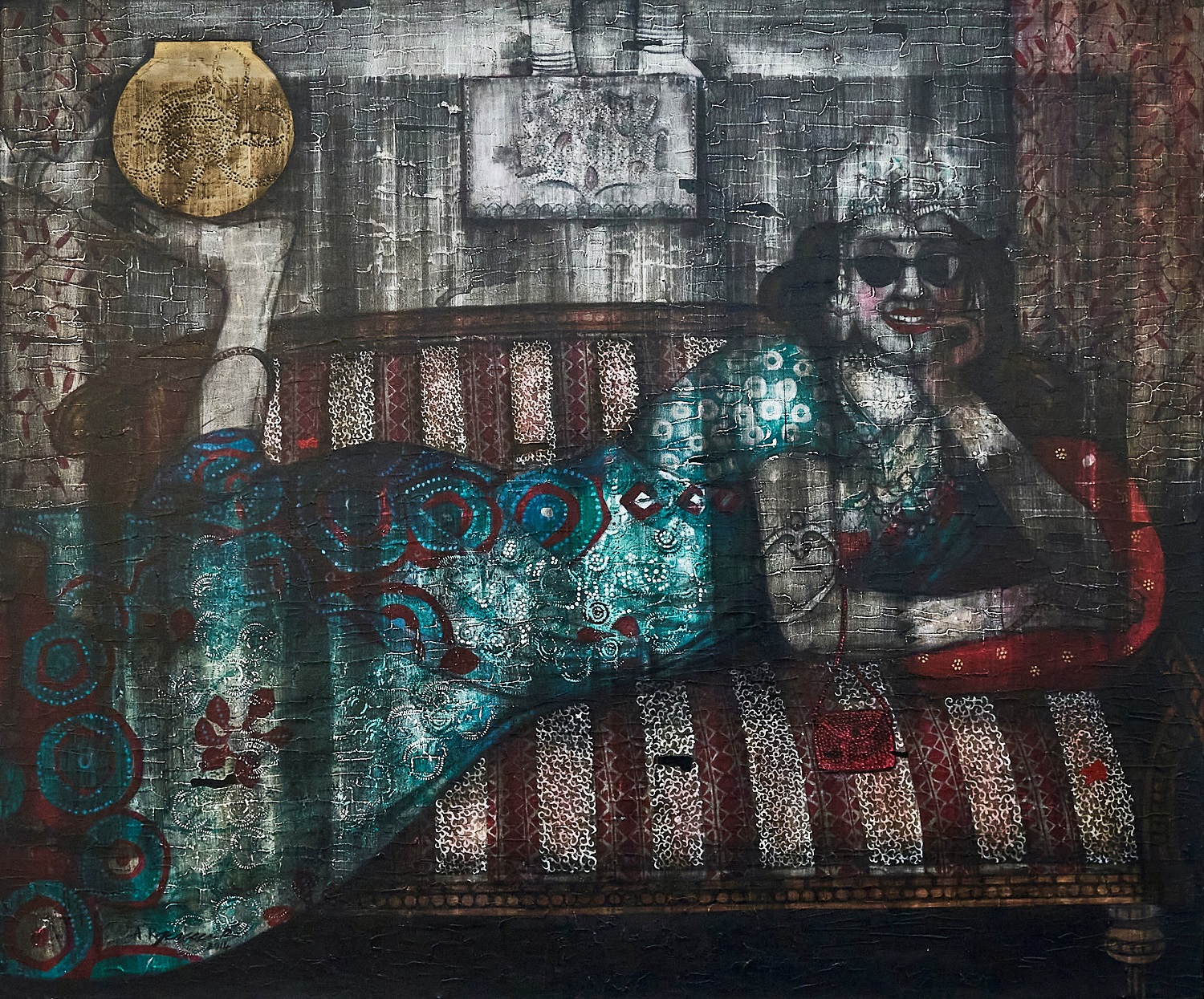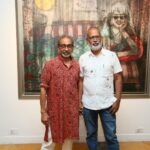In the vibrant landscape of Indian art, few names shine as brightly as F.N. Souza. As we mark the centenary year of this maverick artist, it’s a moment to delve deep into the enduring legacy he has left behind. From his revolutionary brushstrokes to his unapologetic vision, Souza’s impact resonates far beyond his time. Join us as we embark on a journey to celebrate the life and works of the visionary Father of Modern Indian Art.
Screening of ‘F.N. Souza: Father of Modern Indian Art’
On April 12, 2024, art enthusiasts and connoisseurs gathered at the Dhoomimal Gallery for a milestone event: Reminiscing Souza. The evening commenced with a special screening of ‘F.N. Souza: Father of Modern Indian Art,’ a documentary directed by Vinod Bhardwaj. Produced by the host gallery, this film offered a rare glimpse into the life and work of the legendary artist.
Vernissage of Private Collections
Following the screening, esteemed guests, including renowned figures such as Art Critic Uma Nair and Curator Yashodhara Dalmia, were treated to a vernissage showcasing private collections from Dhoomimal Gallery and other distinguished collectors. From Pete Muller to Rohit Singh, each collection reflected Souza’s profound influence on contemporary art.
The Essence of Souza’s Art
Freedom of Expression
Souza’s art transcended boundaries, aiming for a society where emotions flowed freely. His bold strokes and vivid colors served as a conduit for expressing raw emotions—anger, resentment, and even jealousy found a place on his canvas. Like the Renaissance painters before him, Souza infused humanity into his subjects, revealing their flaws and vulnerabilities.
Influence and Legacy
At the heart of Reminiscing Souza lies a tribute to the artist’s unparalleled vision and artistic prowess. Attendees had the privilege of immersing themselves in Souza’s world, witnessing firsthand the power of his lines and the depth of his palette. His legacy continues to inspire and captivate art enthusiasts worldwide, a testament to his enduring influence on the cultural landscape.
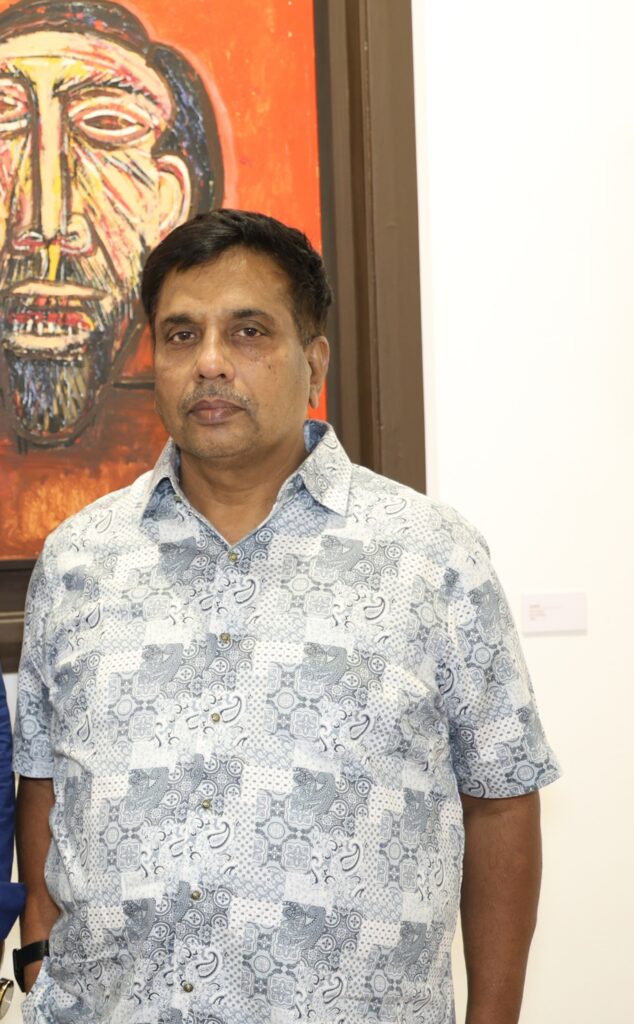
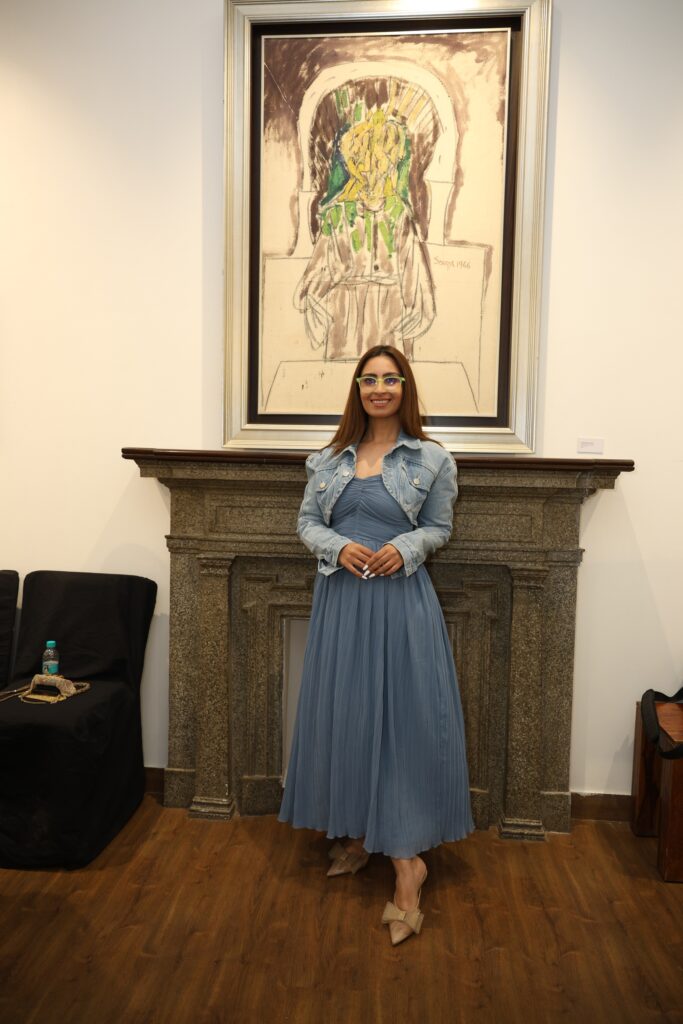
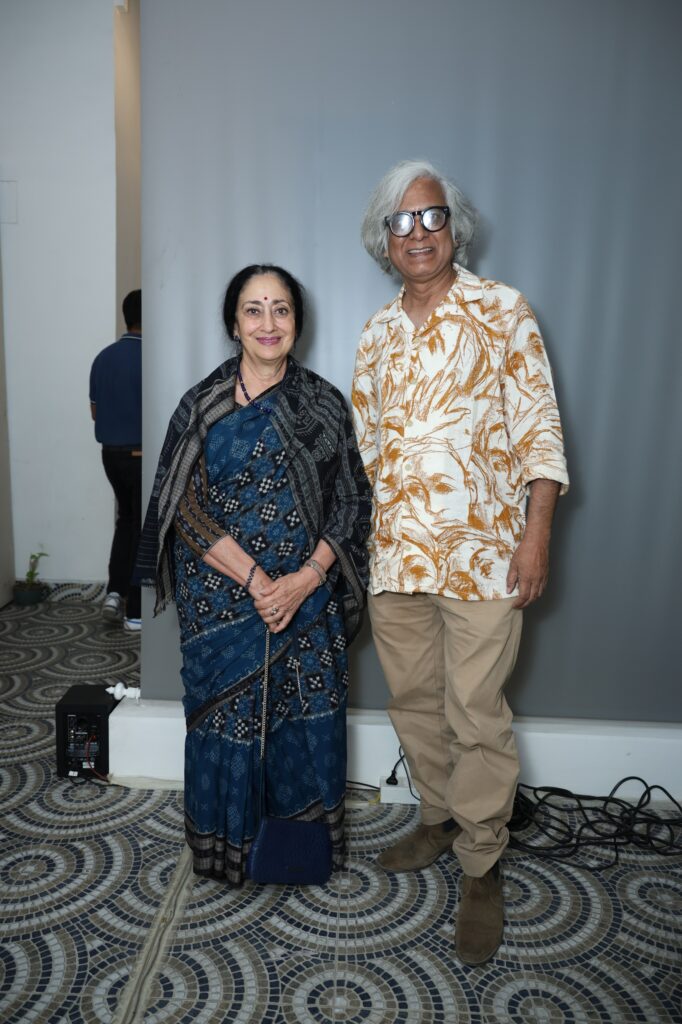
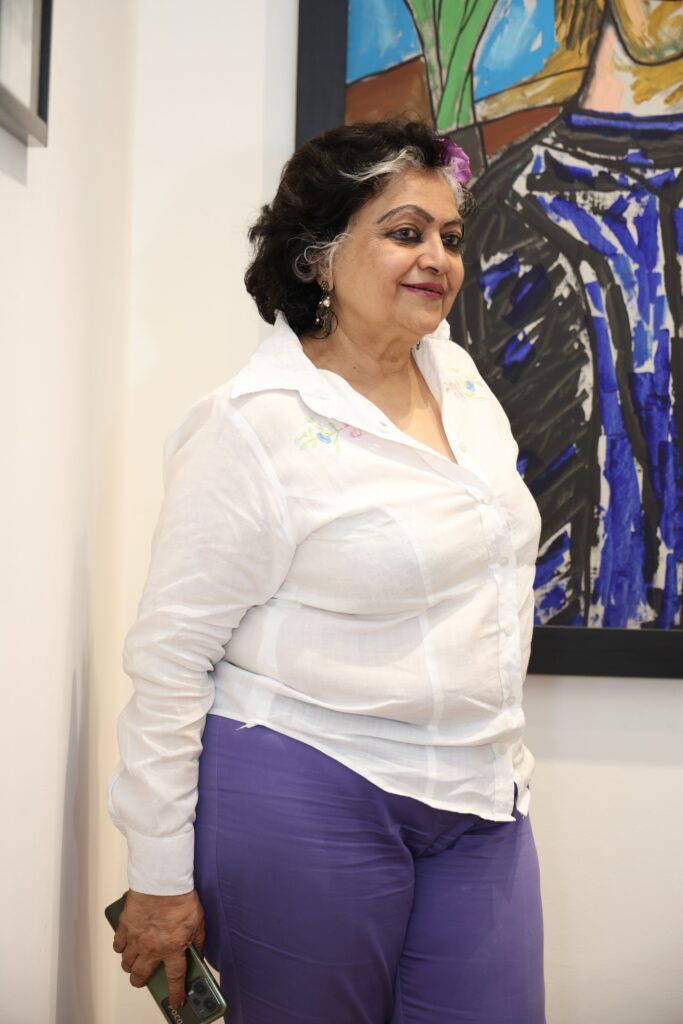
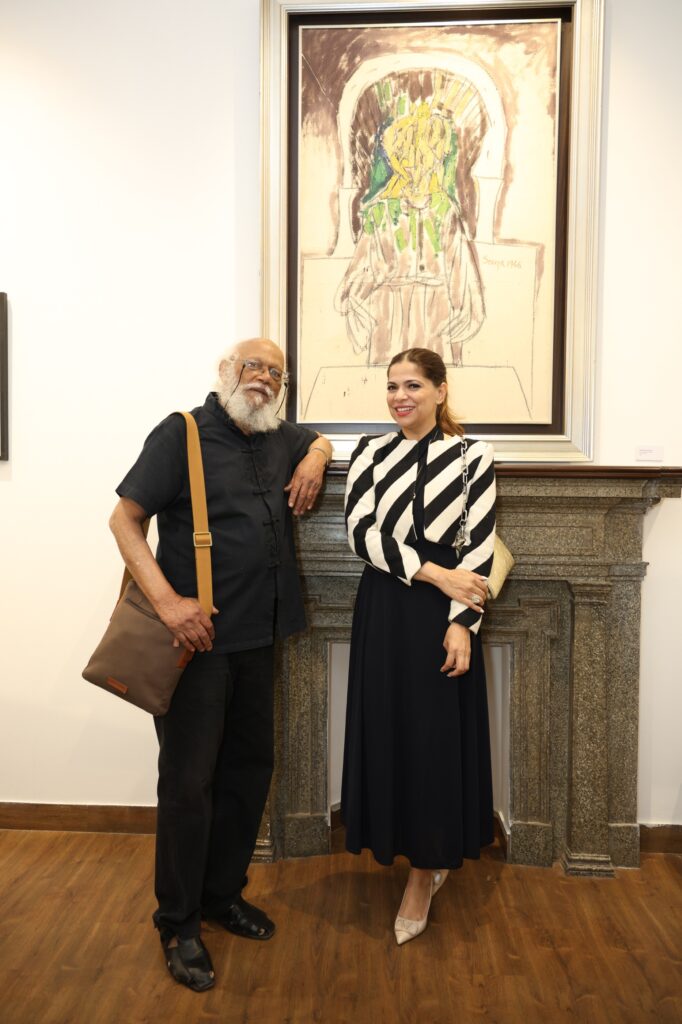
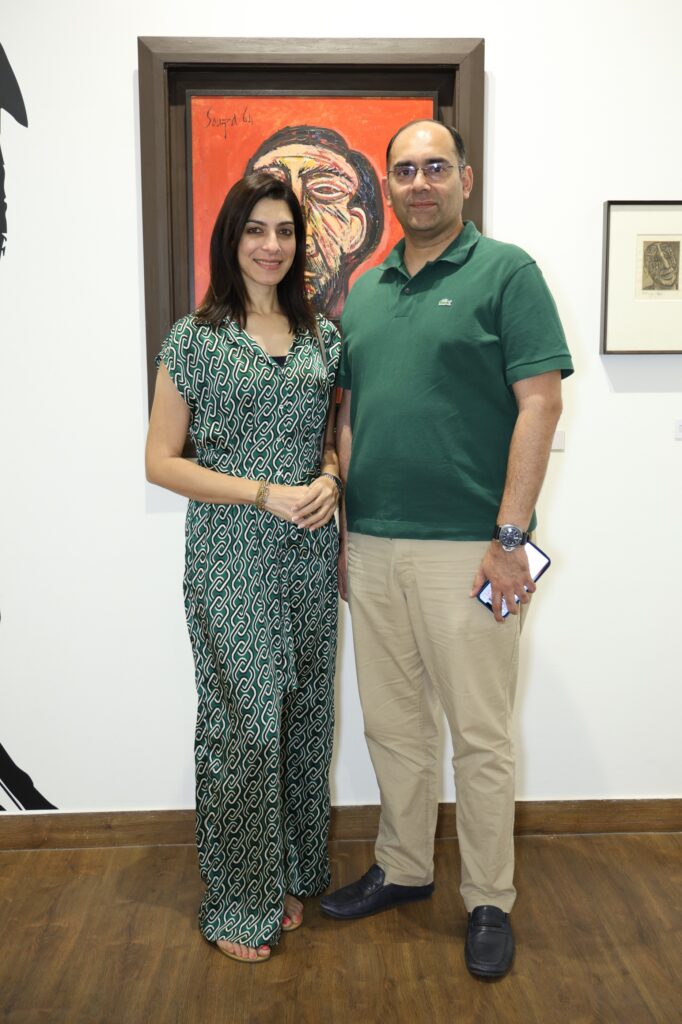
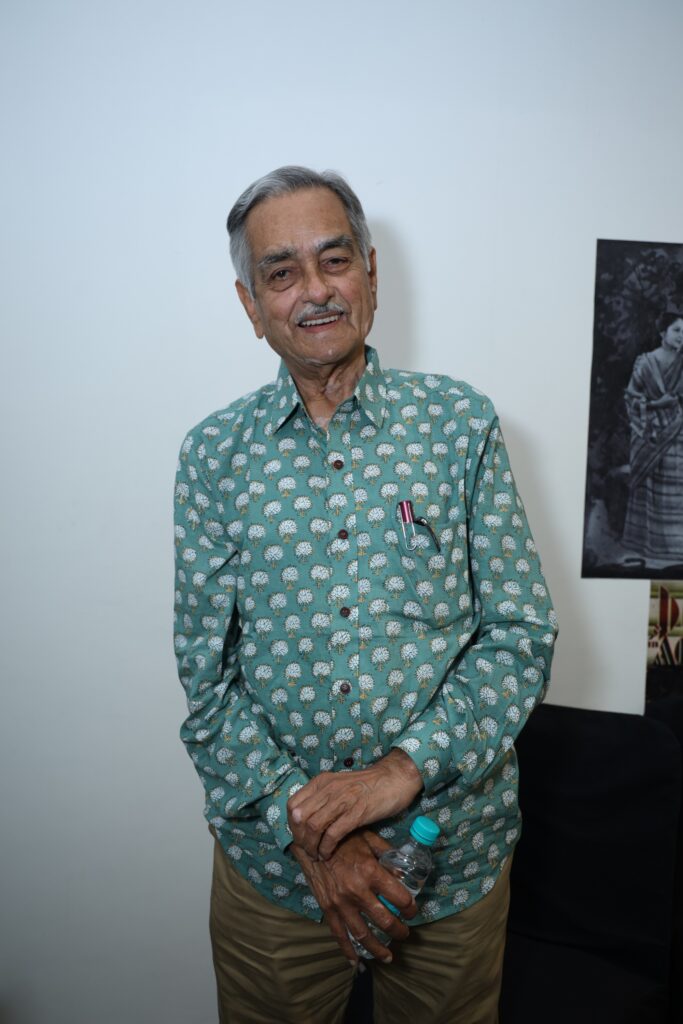
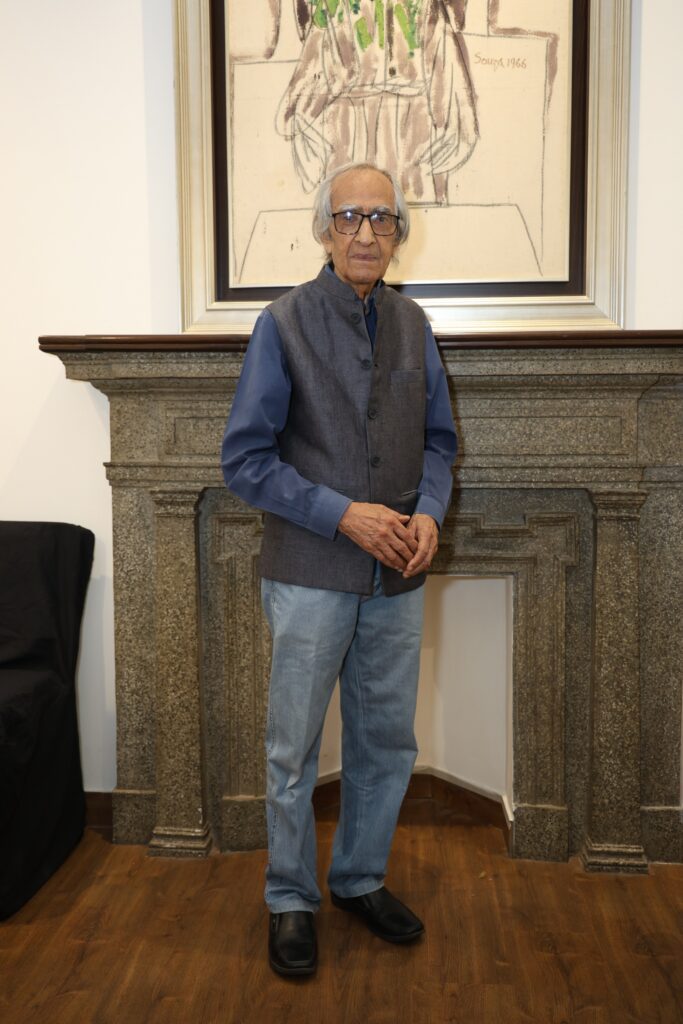
As we celebrate F.N. Souza’s centenary, we honor not just the artist, but the spirit of innovation and fearlessness he embodied. His art challenged norms, sparked dialogue, and paved the way for future generations of artists to explore new frontiers. In commemorating his legacy, we acknowledge the transformative power of art to transcend time and touch the human soul.
Unique FAQs
1. What makes F.N. Souza’s art unique?
FN Souza is closely associated and represented by Dhoomimal Gallery for over 4 decades. He had exhibitions at the gallery from 1960’s to late 1990’s. As a founding member of the progressive artists group in Bombay, the Modern Indian Art artist broke traditional art boundaries and embraced a new style of thinking and painting, inspiring generations to embrace art as an important medium of expression. His greatness lied in his power of lines and bold use of color, as well as his use of chemical alterations on paper in the 1960s.
2. How did Souza influence contemporary artists?
Souza’s revolutionary approach to art paved the way for future generations of artists to push boundaries and explore unconventional themes. His legacy continues to inspire creativity and innovation.
3. What themes did Souza often explore in his artwork?
Though, his personal art was often criticized for being too personal, it set him apart from his contemporaries. His work, including head, landscape, still life, and figures, reflected his emotions and experiences. His self-portraits, depicting his scars and emotions, and his struggle between ego and acceptance were quite evident in his work.
4. What is the significance of Souza’s centenary celebration?
Souza’s centenary celebration serves as a testament to his lasting impact on the art world. It’s a moment to reflect on his contributions and ensure that his legacy endures for generations to come.
5. Where can I view F.N. Souza’s artwork?
F.N. Souza’s artwork can be found in galleries and museums worldwide. Additionally, many private collectors own pieces of his work, which are occasionally displayed in exhibitions and retrospectives.
